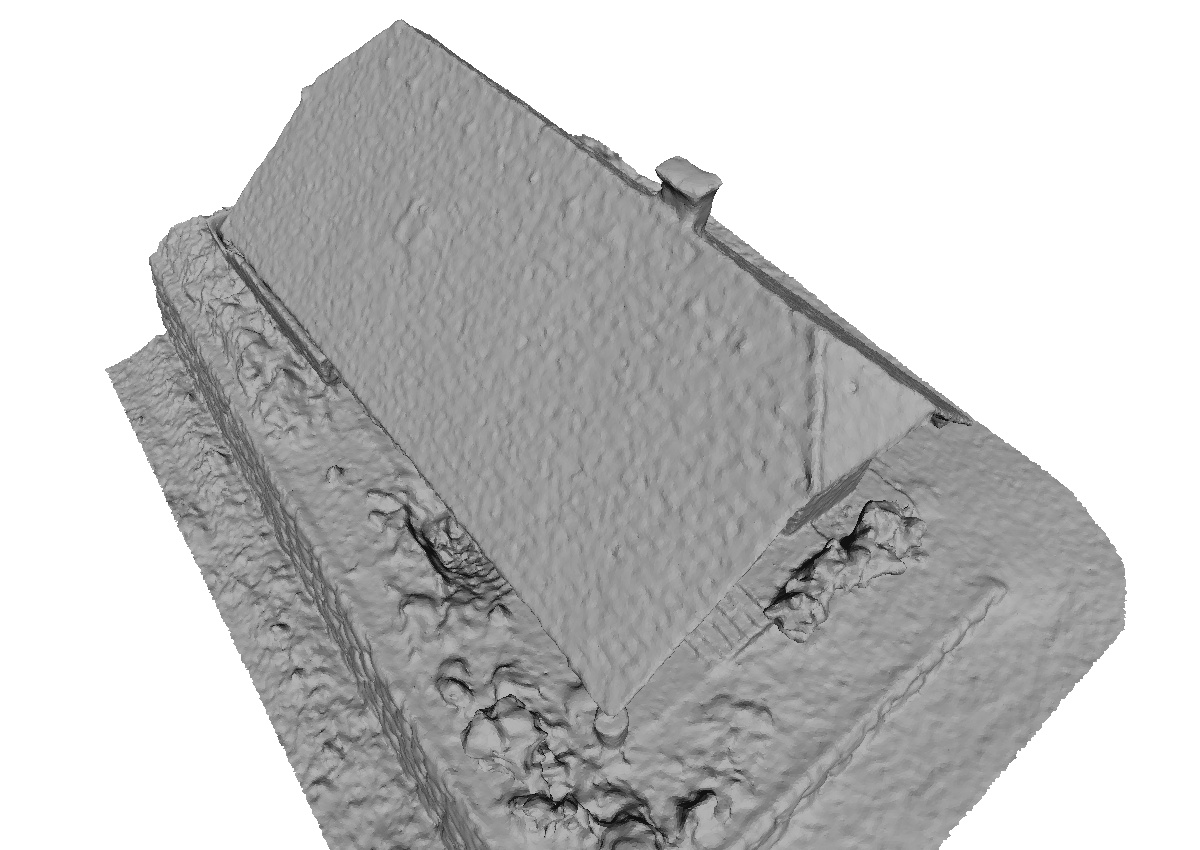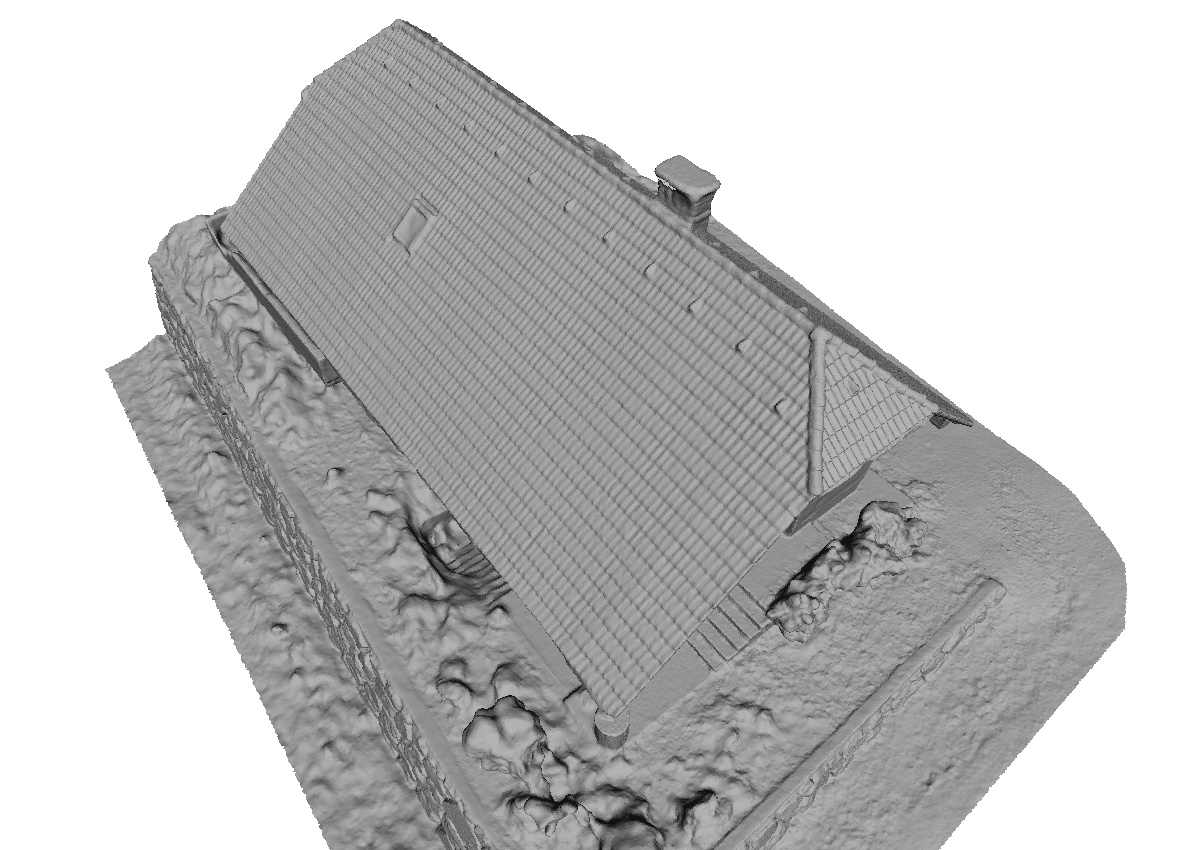Samantha is our Structure from Motion technology allowing to recover photos position and orientation automatically without providing that with any additional information.
It is known in the scientific community as one of the most effective and advanced. Part of our work has been published in top tier international computer vision conferences.
Reference publications
- R Toldo, R Gherardi, M Farenzena, A Fusiello – Computer Vision and Image Understanding, 2015 – Hierarchical structure-and-motion recovery from uncalibrated images (PDF)
- R. Toldo, Towards automatic acquisition of high-level 3D models from images. Ph.D. Thesis. University of Verona, Italy, 2013. (PDF)
- Riccardo Gherardi, Michela Farenzena, and Andrea Fusiello. Improving the efficiency of hierarchical structure-and-motion. In Proceedings of the IEEE Conference on Computer Vision and Pattern Recognition (CVPR 2010), pages 1594-1600, San Francisco, CA, 13-18 June 2010. (PDF)
- Riccardo Gherardi and Andrea Fusiello. Practical autocalibration. In Proceedings of the European Conference on Computer Vision (ECCV 2010), pages 790–801. Springer Berlin / Heidelberg, 2010. (PDF)
- M.Farenzena, A.Fusiello, R. Gherardi. Structure-and-Motion Pipeline on a Hierarchical Cluster Tree. Proceedings of the IEEE International Workshop on 3-D Digital Imaging and Modeling, Kyoto, October 2009. (PDF)
- US10198858B2 Patent – Method for 3D modelling based on structure from motion processing of sparse 2D images
3DF Stasia is our proprietary algorithm to extract very accurate dense point clouds from a set of 2D images. In Computer Vision this process is best known as Multiview Stereo.
It closely speaks with Samantha to give the most accurate reconstruction as possible. We stressed accuracy and we do make use of every single pixel of the input images to generate the dense cloud.
Reference publications
- R. Toldo, Towards automatic acquisition of high-level 3D models from images. Ph.D. Thesis. University of Verona, Italy, 2013. (PDF)
- R. Toldo, F. Fantini, L. Giona, S. Fantoni, and A Fusiello. Accurate multiview stereo reconstruction with fast visibility integration and tight disparity bounding. In 3D Virtual Reconstruction and Visualization of Complex Architecture, 2013. (PDF)
- Vangi D., Begani F., Toldo R., Fusiello A. Photogrammetry 3D vehicle reconstruction for energy loss evaluation In 23. Annual Congress of the European Association for Accident Research and Analysis 16-18 October 2014 Copenhagen – Denmark
- US10198858B2 Patent – Method for 3D modelling based on structure from motion processing of sparse 2D images
3DF Sasha is our proprietary algorithm for mesh extraction: given a dense point cloud full of details, it is important to preserve as much detail as possible when extracting the surface.
Sasha allows to get sharp edges on a 3D model and that is why it is more suitable for those applications such as architecture, industrial survey and urban monitoring.
In the fourth and last phase of Zephyr, namely the texture generation, we have added a brand new algorithm to deal with textures Color Balance.
This algorithm allows to automatically select and set the most suitable color for each pixel. That lets users get stunning results even though their photos are taken in different light conditions.
This optimization is fully committed streamlining meshes generated with 3DF Zephyr and it is available from version 3.0 of the software.
Mesh Photoconsistent optimization allows to highly increase any detail of the reconstructed surface without compromising its accuracy or altering the original scene’s shape.
Use the slider to view how different the results look with photoconsistency off (left) or on (right).


3DF Zephyr supports advanced laser scanner data handling thanks to the so-called Multi-ICP (Iterative closest point), an algorithm employed to minimize the difference between two point clouds.
Multi ICP algorithm allows to merge and colorize multiple laser scans as needed. Above all, it allows to import point clouds of any size without weighing on Zephyr’s performances and to quickly and accurately register two or more laser scans.
This tool has been developed as an external executable that is included in the 3DF Zephyr installation package. Masquerade allows to mask images areas through a smart and handy way so as to save as much time as possible during masking operations.
3DF Masquerade is helpful when there is a lot of background noise or when the subject has been moved incoherently with the background: the mostcommon scenario is a subject that is being acquired on a turntable


